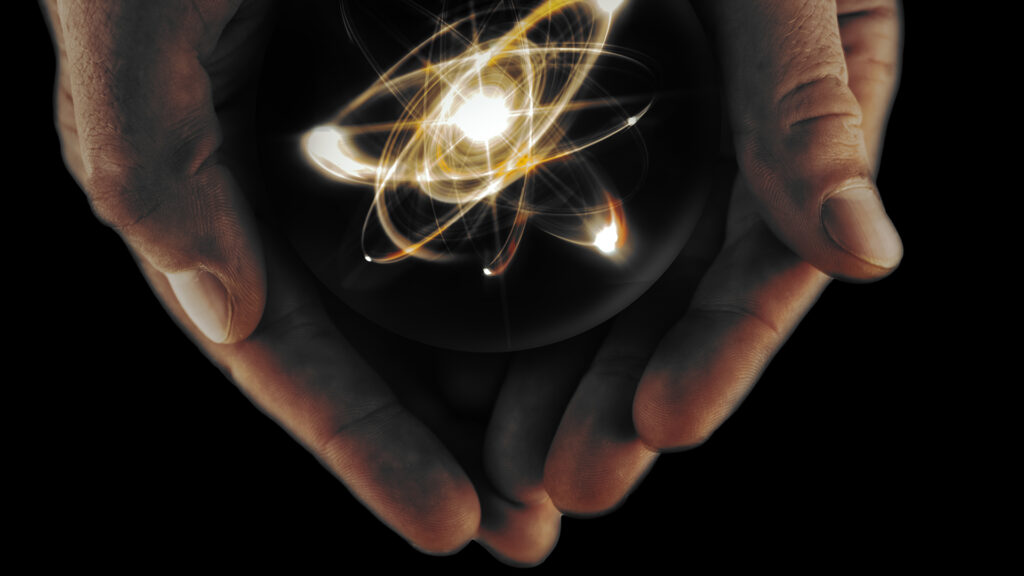Inertial confinement fusion (ICF) relies on accurate compression and heating of deuterium-tritium (DT) targets through concentric irradiation with a laser beam at megajoule energy levels.
The basic ICF scheme has been known since the early 1970s. When the National Ignition Facility (NIF) achieved break-even in December 2022, 50 years of scientific and technological advances peaked, generating more energy from fusion than laser energy invested in the process. This milestone unveiled the potential of ICF as a reliable and safe pathway to generate carbon-free energy.
Since then, numerous private initiatives increasingly supported by institutions and investors have fostered or accelerated development with the aim of demonstrating the feasibility of energy production through ICF. Important engineering and industrial challenges remain, but some are shared with Magnetic Confinement Fusion (MCF), such as tritium breeding blankets and energy conversion systems. Others are inherent to ICF, such as target manufacturing and laser technology, which has seen tremendous improvements and reliability over the past decade.
Paradoxically, the ICF has long been ignored as a potential challenger for the MCF in both national and European energy strategies. This perception stems from military research from its historical connections. However, both ignition scale facilities (NIF in the US and Laser Megajours (LMJ) in France) offer open academic access. Furthermore, the most suitable approach for inertial fusion energy (IFE) is the direct driving scheme, where lasers use Hallraum to directly irradiate the target without converting the laser energy into x-rays, as is done in an indirect configuration. Therefore, the direct drive approach is widely distributed from military applications. As a result, ICF’s global expertise exists, but its academic ability and influence must be further developed. Celia is one of the few major academic institutes in France and is exclusively for IFE physics.
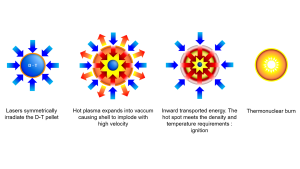
Seria Institute DNA
Ceria (Center Laser Intense ET Application) is Europe’s most energetic laser and was founded in 1999 following the decision to build a laser megajour near the second Bordeaux on NIF Worldwide. Celia leads the study of laser-corresponding interactions under extreme conditions. The central mission is to provide strong scientific support for academic research carried out at LMJ. For over 20 years, laser-driven high temperature and dense plasma and direct drive ICF physics have been the core research field.
Among the ICF and related topics, Celia includes over 40 researchers, including 25 PhD and fellow postdocs. The founding institutions of CNRS, the University of Bordeaux and CEA combine their strengths to establish Europe’s most important academic teams focusing on ICF-related plasma physics. Approximately 300 ICF related publications have been produced. Celia served as the principal investigator or contributor in at least one selected experiment for each of the four LMJ academic access calls. The Institute has co-developed numerous diagnostics currently deployed within LMJ interaction chambers, and has also designed mitigation strategies to prevent the enormous electromagnetic pulses generated by laser target interactions from damage to diagnostic electronics.
Route to ICF Design
An important strategy for advancing the complex physics of ICF is to combine advanced simulation code with experimental benchmarks at large laser facilities. To this end, Celia developed Chic, a one-dimensional and two-dimensional radiative fluid dynamics code, one of the few available in the academic community. Its broad physical modules cover essential aspects of ICF: nonlinear laser propagation in plasma and laser plasma instability, including Raman and Brillouin stimulus scattering, two-plasmon attenuation, electron and radiation transport, realistic states, thermonuclear combustion, and self-bloated magnetic fields: nonlinear laser propagation.
In particular, the original mathematical techniques have been implemented in chic, such as conservative Lagrangian fluid mechanics, ray tracing, better model dissipation effects, and non-local electron transport employed in other major ICF codes. Celia was one of the first to provide reliability to the “shock ignition” scheme, in which the compression and heating stages are separated via laser pulse shaping. This work was conducted in collaboration with the Laser Energy Institute (LLE, Rochester, USA) and received international recognition through the Landau Spitzer Prize for outstanding contributions to plasma physics jointly caused by the American and European physical societies.

Other important contributions include studies on the role of high-temperature electrons in laser-plasma instability (LPI), and studies on the effects of strong magnetization on ICF plasmas. The code has been tested through experimental campaigns led by CELIA on key facilities such as NIF, LMJ-Petal, Omega, Vulcan, Pals, and Gekko XII, and includes international collaboration and a reliable experimental database.
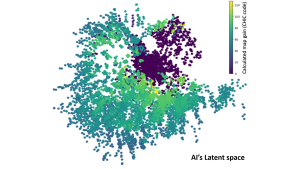
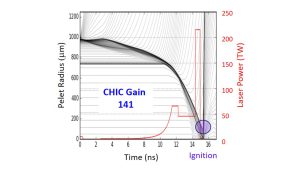
The field is currently mature enough to design and optimize laser target interaction schemes that maximize energy gain. This has recently been demonstrated to use generator artificial intelligence (AI) to optimize laser pulse shapes to enhance gain. Chic trains the generated AI model to generate a dataset that identifies the optimal laser power profile. These are then tested through chic simulations. This approach saves computational time and efficiently converges into a promising design shrink set that will be tested in future experiments.
Finally, 3D (3D) simulations are required to realistically explain the illumination shape, target heterogeneity, and design-robust mitigation strategies. Nevertheless, the net gain value is usually lower than one-dimensional prediction. In collaboration with LLE, CELIA conducted simulations using 3D radiation fluid mechanics code coupled to a ray-based model that incorporates cross-beam energy transfer (CBET) between overlapping laser beams. These simulations have been validated against direct drive experiments in Omega Laser Facility and Polar Direct Drive (PDD) experiments at NIF. Celia is currently developing its own 3D radiative fluid dynamics code based on a new numerical approach.
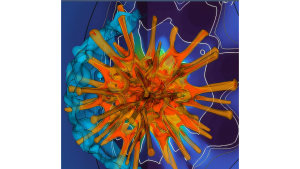

Partnership with Genf
Seria naturally became a partner in GENF’s startups. It aims to develop an industrial-scale ICF power plant that will provide competitive alternatives to next-generation nuclear power generation by 2050. The first phase of the project involves defining reactor design, engineering strategies, and industrial roadmap. The consortium includes Thales, CEA, Celia and Luli. Beyond ICF’s expertise, Celia contributes to the know-how of high-performance laser technology with high average power. To achieve economically viable ICF energy production, a laser system that operates at a repeat rate of 10 Hz is required. This requires effective active cooling of high-energy amplifiers, the domain where Celia holds patented innovation. These advancements apply to both current verified laser systems and future developments. Celia will also explore cutting-edge approaches for laser pumping and front-end oscillators aimed at improving cost-effectiveness and compatibility with LPI mitigation. Though it is not always applicable to current supply chain-based architectures, this future appearance research is essential for future ICF systems.
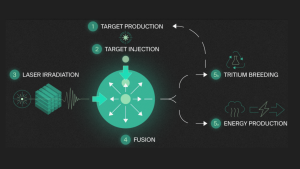
Future challenges
The ICF presents many scientific and technical challenges. Addressing them is beyond the scope of this simple overview. At a practical level, expanding the staff of professionals in ICF and related fields is essential, not only improving research capabilities, but also training the next generation of doctoral students, postdocs, and engineers. Research institutions must take the lead in this effort.
On a broader level, public priv partnerships are extremely important. One important step into a viable industrial power plant is the construction of intermediate facilities with hundreds of kilometres of energy, allowing for the verification of promising target designs and the innovative technology solutions needed to construct power plants. Neither the NIF nor the LMJ are suitable for direct drive testing due to the beam shape. The Omega facility has made impressive advances in direct drive, but the capacity of 30 kJ is much lower than the ignition conditions.
The Industrial ICF Project is a promising initiator with clear goals, particularly for 2050, but national and European support is essential. European institutional partnerships could be established to address this long-term energy goal.
This article will also be featured in the 22nd edition of Quarterly Publication.
Source link

